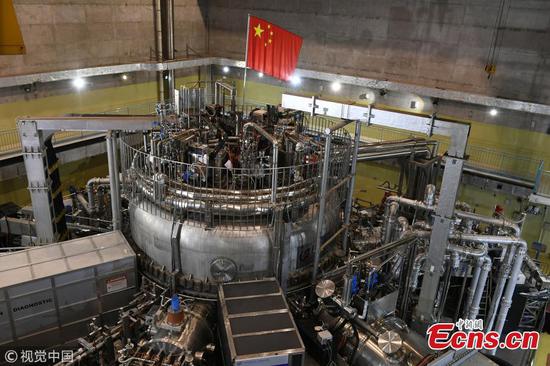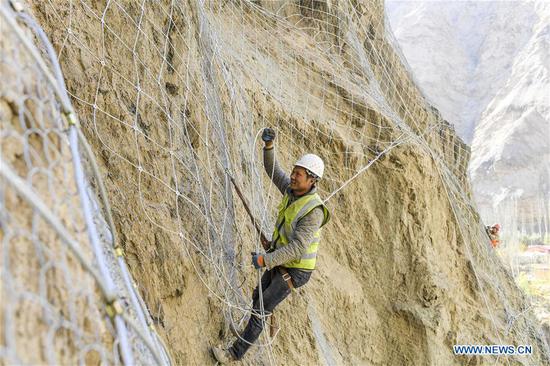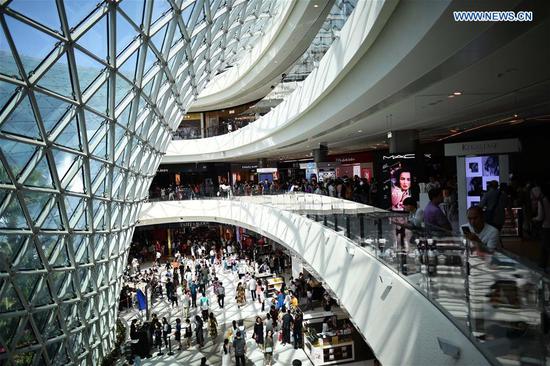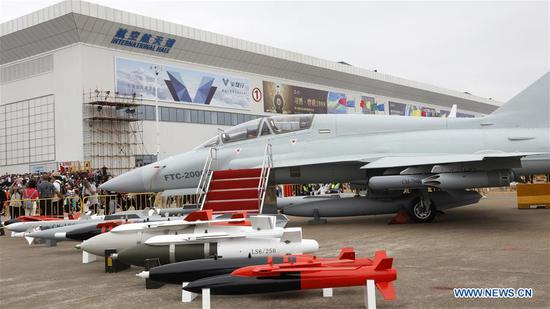
Honey, biscuits, tea and coffee from Waitrose, a British supermarket chain, are popular among Chinese online shoppers. (Photo provided to China Daily)
Rivalry spills over
The phenomenal speed at which China's e-commerce market has expanded has taken the global retail world by storm.
In 2015, the country's e-commerce retail sales stood at $584 billion, a figure that had almost tripled by this year to $1.5 trillion. Three years ago, e-commerce only accounted for 14.7 percent of the country's retail sales, but by this year, the proportion had risen to 29.1 percent.
According to a forecast by eMarketer, by 2020 China's e-commerce market will account for 41.9 percent of all retail sales in the country, meaning about half of the products Chinese consumers buy will be purchased online.
The country's e-commerce giants have fought over everything from customer data to exclusive contracts with retailers.
More recently, that rivalry has spilled over into logistics networks and warehousing, with key operators spending millions of dollars to secure prime warehouse locations so they can shave precious hours off delivery times.
Stuart Ross, head of industrial at JLL in China, said: "We have seen a huge surge in demand for e-commerce warehousing space in China over the past few years as e-commerce giants scramble to secure warehouses in response to the boom in volume." This has led to a trend where warehouses for traditional retail storage have been converted for use by e-commerce companies. Robots in warehouses help to sort parcels, and automation systems have been installed to improve inventory tracking.
"Fierce competition for logistics efficiency in China has given birth to innovation, and these innovations are beginning to spread to the global logistics sector," Ross said.
One typical example is the international use of multilevel storage shelves that are popular in Chinese e-commerce warehouses, and elevators that allow quick access to parcels on each shelf. Such systems are beginning to be implemented by e-commerce warehouses overseas.
Increasingly, Chinese players are investing in overseas warehouses and logistics transportation networks, to make the international leg of deliveries as smooth and reliable as possible.
Alibaba's Cainiao Network has invested in creating its own warehouses in about 20 countries. Processing 100 million packages a day, Cainiao has been able to reduce cross-border shipping times from an average of 70 days to 10 days for some countries, according to Alibaba.
Professional logistics companies, including the Dolphin Supply Chain in Hangzhou, Zhejiang province, and courier STO Express in Shanghai, are investing heavily in warehouses, cargo planes and trucks.
For instance, Dolphin's IT system enables close tracking of collection times from retailers, and even slight delays are closely monitored and recorded. Once collection is complete, these products are deposited into Dolphin's temperature-controlled warehouses and sent to China.


















































